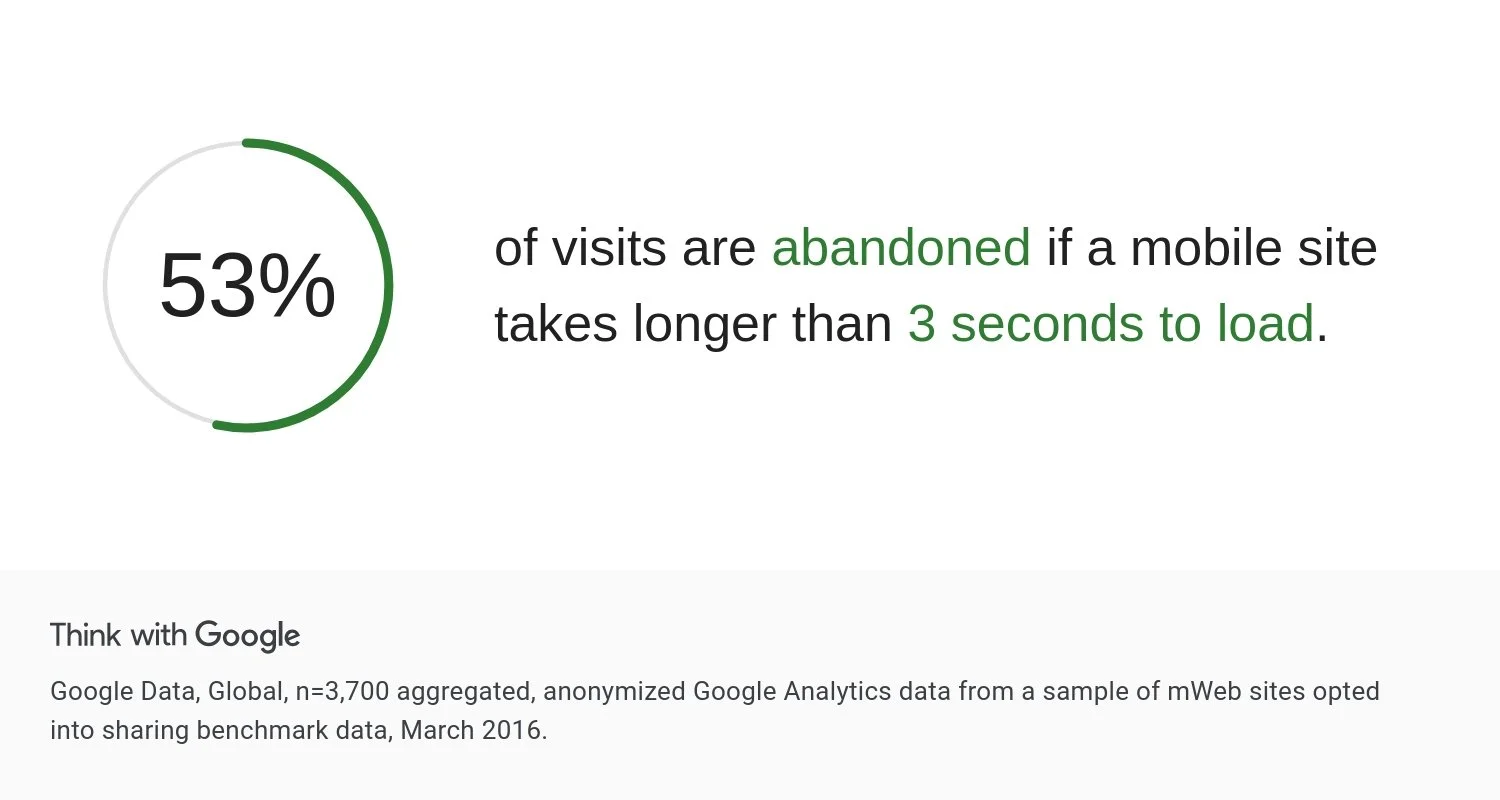How to improve your SEO
SEO can feel like a mystery. Algorithms, updates, endless jargon, and a queue of experts promising to get you to page one overnight.
The good news is that it’s not rocket science.
SEO does work, but only if you focus on what matters, cut out the fluff, and trust the process.
Whether you’re running a local service business or an ecommerce store, here are some ways to improve your visibility on Google.
Write for humans first
If your content reads like it was written by a robot for another robot, it’s going to fall flat - with both Google and your potential customers.
Instead:
Write useful content that answers real questions
Be clear: no one’s Googling “bespoke solutions for optimal digital synergies”
Use keywords naturally (forget the mid-2000s advice about stuffing keywords into every sentence)
I’ll do a more detailed blog soon on what exactly Google values in your content. But the main thing is to create useful content that solves a problem for the person using it. For more details, check out their explanation.
Google’s smart enough to spot quality. So write like a human, for humans.
Nail your on-page SEO basics
A few simple things still go a long way:
One main H1 heading per page (ideally including your keyword)
Logical H2 subheadings for structure
Meta titles and descriptions that make sense (and make someone want to click)
URLs that aren’t a random string of letters
Example:
Bad: yourwebsite.com/page?id=123abc
Better: yourwebsite.com/protein-powder-health-benefits
Tidy, relevant pages are easier to rank, and easier for real people to use.
Improve your loading speeds
If your site takes longer than a few seconds to load, you’ll lose traffic to competitors and fall down Google’s rankings.
Quick wins:
Compress images (don’t upload billboard-sized JPGs)
Use modern file formats
Avoid bloated WordPress themes with 700 plugins
Use caching and a decent host
Speed matters for users, and Google knows it.
Be mobile-friendly
More than 60% of global web traffic now comes from mobiles. If your site’s still built for desktops, you’ll look outdated to a big chunk of your visitors.
Responsive design is the default now. So check your site on mobile, streamline any awkward layouts, and fix those squint-inducing buttons.
Focus on quality backlinks
Not all backlinks are created equal.
You don’t need 5,000 spammy links from blogs that no-one reads. You need:
Industry-relevant sites
Local news, directories, or partner businesses
Mentions from real sources that Google actually trusts
One good link is worth 50 junk ones. Don’t pay for link schemes, they’ll do more harm than good.
Keep your content fresh
Google wants to show people up-to-date content. So update your pages when things change.
That might mean:
Rewriting outdated articles
Adding new FAQs
Updating stats or product info
That doesn’t have to mean overhauling all of your content every six months. It just means pruning and updating your website every now and then so that it stays relevant.
Don’t forget local SEO
If you’re a local business, Google Business Profile is your friend.
To rank well in your area:
Keep your listing up to date
Get regular reviews (Real ones! Faking it will backfire)
Add relevant services and opening hours
Embed a Google Map on your site
It’s free visibility, after all: use it properly, and it’ll help bring in foot traffic and phone calls.
Final thought: SEO is just the basics done well
There’s no silver bullet that’ll skyrocket you to the top overnight.
But if you produce useful content, make your site fast and usable, build the right links, and stay relevant, you’ll see steady, sustainable improvements.


